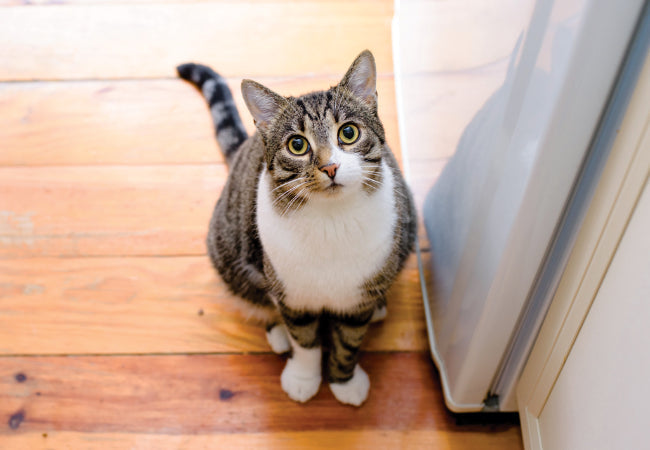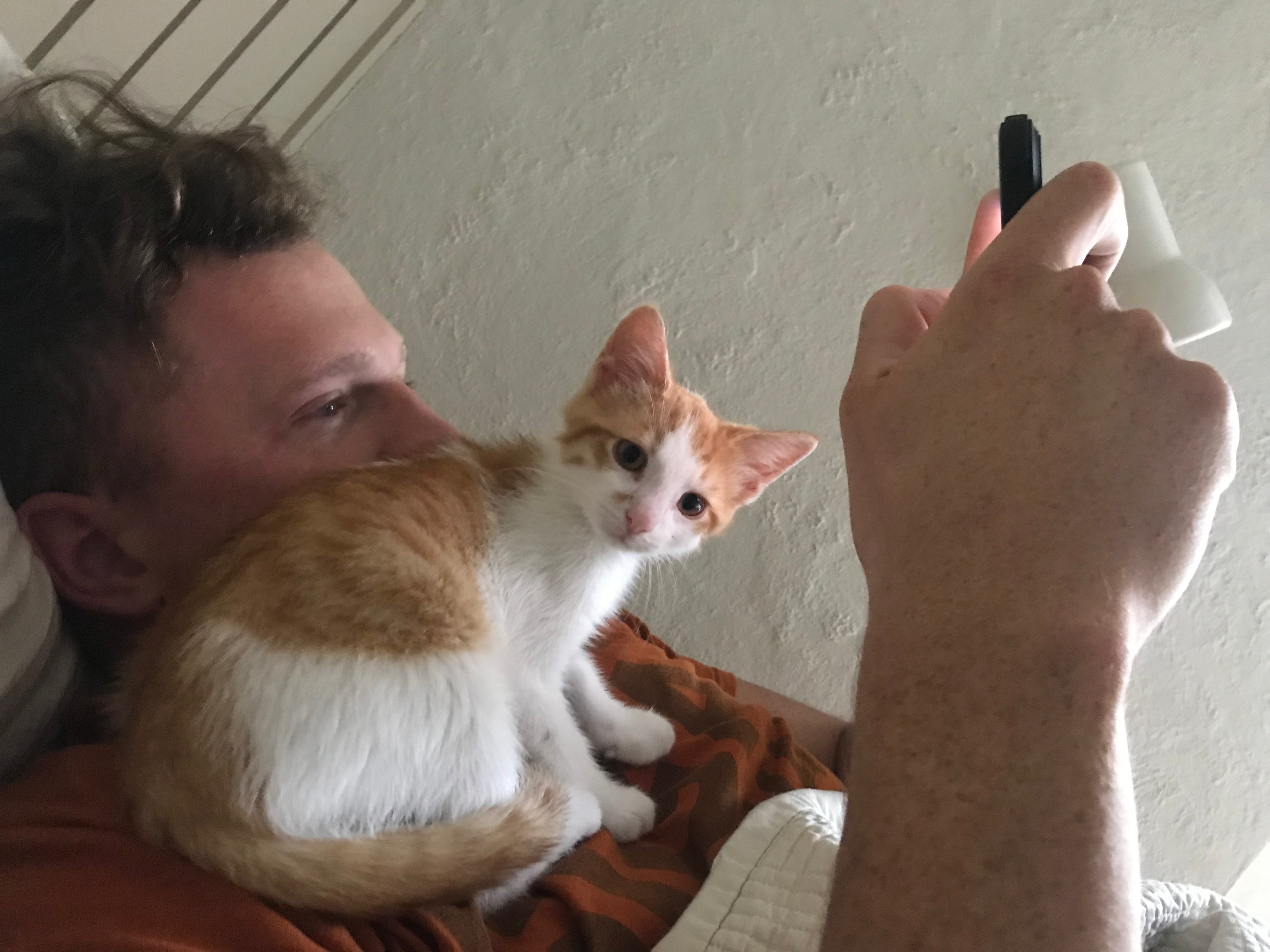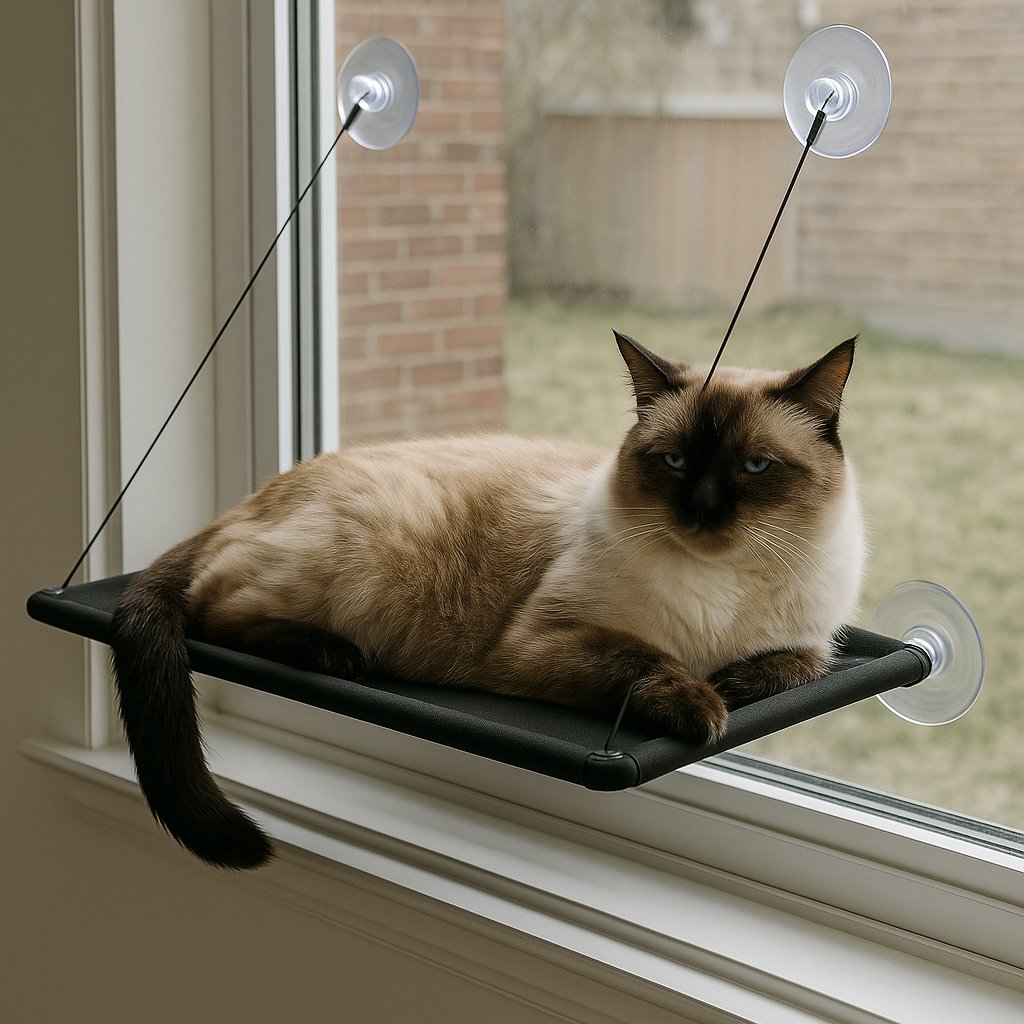How to Transition an Outdoor Cat Indoors Safely 2025 Guide 🐱🏡

In this article
How to Transition an Outdoor Cat Indoors Safely 2025 Guide 🐱🏡
By Dr. Duncan Houston BVSc
Transitioning an outdoor cat to living indoors can be a bit challenging, but with patience and the right strategies, it’s entirely possible. Indoor life can protect your cat from traffic, predators, disease, and harsh weather, while still keeping them mentally and physically stimulated. Here’s how to make the transition smooth and enjoyable for your feline friend.
1. Enrich Their Indoor Environment 🪁
Cats are natural explorers and climbers. To keep an indoor lifestyle stimulating:
-
Provide cat trees, shelves, and scratching posts for climbing and stretching.
-
Create hidden spots and cozy nooks for your cat to retreat to, mimicking outdoor hiding places.
-
Rotate toys regularly to keep your cat engaged and curious.
2. Window Views and Outdoor Observation 🪟
Cats love to observe the world outside. You can make indoor life more exciting by:
-
Ensuring they have access to windows with a view of birds, squirrels, or passing activity.
-
Installing a bird feeder outside a window so your cat can safely enjoy watching wildlife.
-
Adding a comfortable window perch where they can sunbathe and watch the outside world.
3. Playtime and Physical Activity 🎾
Outdoor cats burn a lot of energy hunting and exploring. Replace this with:
-
Interactive play sessions using feather wands, laser pointers, or balls.
-
Short, frequent play sessions throughout the day to mimic natural hunting patterns.
-
Chase-and-capture games to engage their instincts and prevent boredom.
4. Food Puzzles and Mental Stimulation 🧩
Indoor cats need mental stimulation as much as physical activity:
-
Use food puzzle toys or treat-dispensing balls to encourage problem-solving and mimic hunting.
-
Scatter small portions of their meals around the house to promote foraging behavior.
-
Rotate different puzzle types to keep them mentally engaged.
5. Gradual Transition ⏳
An abrupt change from outdoor to indoor life can cause stress. To ease the process:
-
Gradually reduce outdoor access, allowing shorter periods outside each day.
-
Offer plenty of positive reinforcement indoors with treats, praise, or play.
-
Monitor your cat for signs of anxiety or stress, and adjust the pace as needed.
6. Consider a Catio or Harness Training 🌿
If complete indoor confinement is difficult:
-
Build a “catio”, a secure outdoor enclosure where your cat can enjoy fresh air safely.
-
Train your cat to walk on a harness and leash, allowing supervised outdoor exploration.
-
Both options provide a safe way to satisfy outdoor instincts without the risks of free roaming.
7. Patience and Understanding 🐾
Every cat adjusts at their own pace. Remember:
-
Some cats take weeks or even months to fully embrace indoor life.
-
Observe their behavior and adapt your approach to their individual needs.
-
Focus on creating a safe, stimulating, and comforting indoor environment.
Final Thoughts
Transitioning an outdoor cat to an indoor lifestyle is a gradual process that requires patience, creativity, and commitment. By enriching their environment, providing mental and physical stimulation, and allowing a gradual adjustment period, you can help your cat thrive indoors while keeping them safe.








